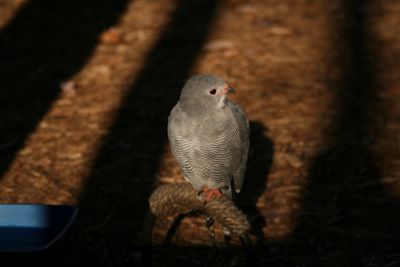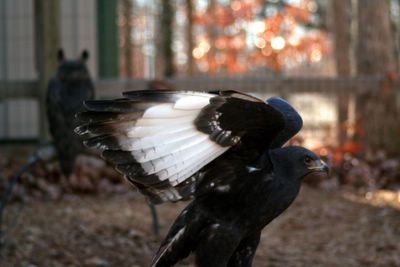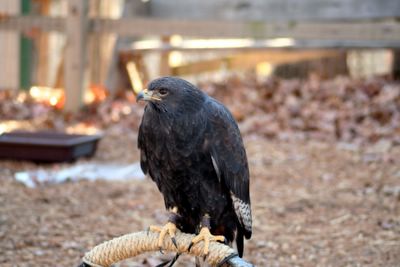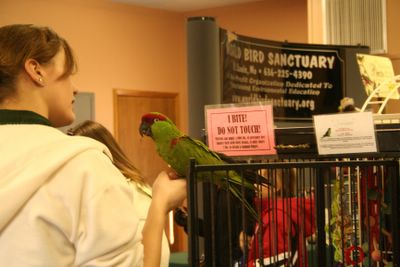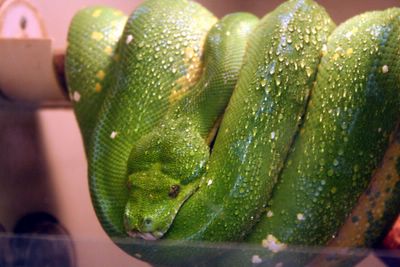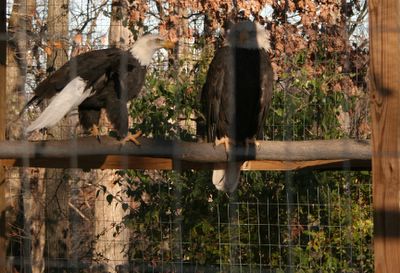
The World Bird Sanctuary opened the Raptor Hospital in 2003 to treat ill and injured raptors. Raptors, or birds of prey, include eagles, hawks, owls, vultures, falcons, kites, condors and osprey. The biggest threat to these majestic creatures is collision with man-made objects such as wires, buildings, vehicles and fences.
The sanctuary receives over 300 raptors that have been injured in the wild each year. A trained rehabilitation team works closely with volunteer veterinarians to rehabilitate these birds and release them back to the wild to live out their natural lives. The ones who can't make it in the wild live here.
J G Ward
